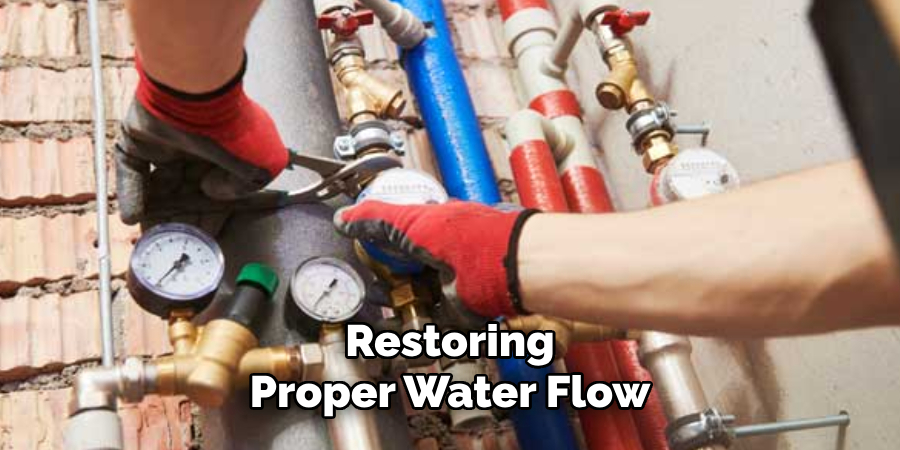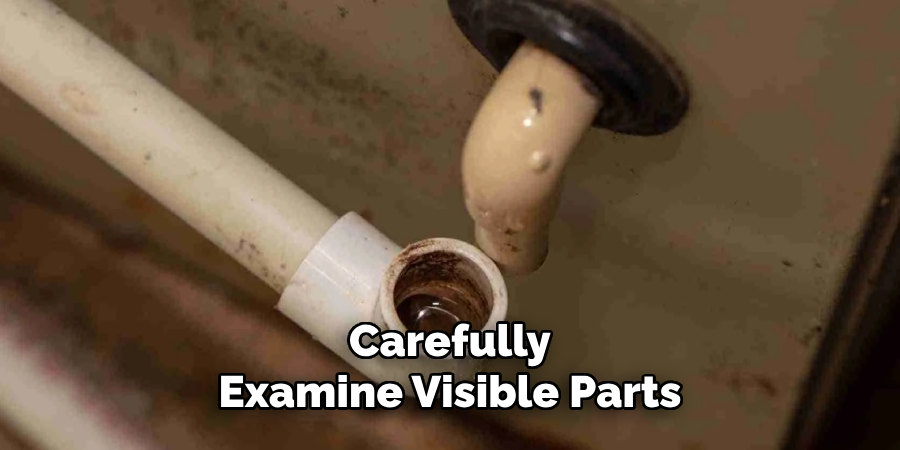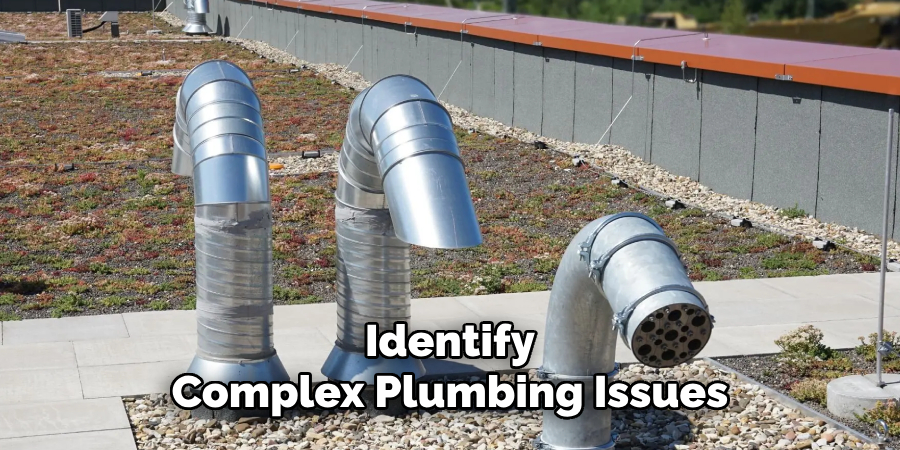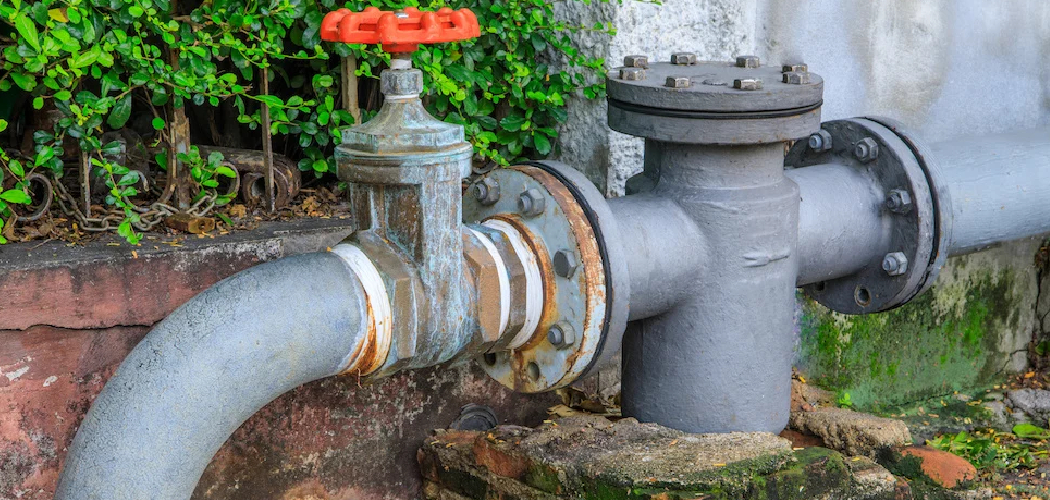Air pockets or trapped air in drain pipes can lead to various plumbing issues that disrupt the normal functioning of your drainage system. Common signs of air in drain pipes include gurgling sounds, slow drainage, and foul odors emanating from the drains. These issues can not only be inconvenient but, if left unaddressed, may also result in more significant damage to your plumbing infrastructure over time.

Removing air from drain pipes is essential for maintaining smooth water flow, preventing stubborn clogs, and protecting your pipes from undue stress or damage. By addressing this problem promptly, homeowners can ensure their plumbing system operates efficiently and avoid costly repairs.
This article provides a detailed step-by-step guide on how to remove air from drain pipes, equipping you with effective methods to restore proper drainage and preserve the longevity of your plumbing system.
Understanding the Causes of Air in Drain Pipes
Air trapped in drain pipes is a common plumbing issue that can lead to noticeable inconveniences in your home. To effectively resolve this problem, it’s essential to understand its possible causes and effects on your plumbing system.
Common Causes of Air in Pipes
- Blocked vent pipes: Vent pipes are crucial in allowing air to escape from the plumbing system. If these vents become clogged with debris, leaves, or other obstructions, air can get trapped in the pipes, disrupting normal drainage.
- Sudden changes in water pressure: Significant fluctuations in water pressure can draw air into the plumbing system, forming air pockets that hinder smooth water flow.
- Damaged or improperly installed pipes: Pipes that are misaligned, cracked, or otherwise damaged can create spaces where air accumulates, allowing air pockets to form and disrupting the flow of water.
Effects of Air in Drain Pipes
The presence of air in drain pipes can manifest in several ways, including:
- Gurgling sounds in the drain: Air pockets can create audible gurgling or bubbling noises as water flows through the pipes.
- Slow water drainage: Air obstructions in the pipes can cause water to flow sluggishly or even back up.
- Unpleasant odors or sewage smells: Trapped air may block proper venting, allowing foul smells to escape through the drains.
By identifying these causes and effects, homeowners can take informed steps to address air in their drain pipes and maintain a fully functioning plumbing system.

Materials and Tools Needed
When dealing with air in drain pipes, having the right materials and tools is essential for effective troubleshooting and resolution. Here is a list of required and optional items to assist you in addressing the issue:
Required Materials
- Plunger: Useful for clearing blockages and restoring proper water flow.
- Pipe wrench or adjustable pliers: Ideal for tightening or loosening pipe connections.
- Towels or rags: Necessary to control water spills and prevent a mess during the process.
- Vinegar and baking soda: A natural and effective combination for clearing minor blockages and maintaining pipe cleanliness.
Optional Tools
- Plumbing snake: Helps to reach and clear deeper, more stubborn blockages that are inaccessible with a plunger.
- Air compressor: Can be used to force air out of trapped sections within the piping system.
- Pipe camera: A helpful tool to visually inspect the internal conditions of the pipes, allowing for precise identification of the problem.
With these materials and tools, homeowners can confidently approach the task of removing air from their drain pipes, ensuring a smoother and more efficient plumbing system.
How to Remove Air From Drain Pipes: Step-by-Step Process
Step 1: Clear Any Blockages
Use a plunger or plumbing snake to remove any obstructions in the drain that might be causing air buildup. Begin by placing the plunger firmly over the drain opening and creating a seal before applying pressure. Try mixing vinegar and baking soda to break down debris naturally for minor clogs. Pour one cup of baking soda into the drain, followed by one cup of vinegar. Allow it to fizz for 10-15 minutes, then flush with hot water to clear the line.

Step 2: Check and Clear Vent Pipes
Inspect the vent pipes on your roof for blockages such as leaves, debris, or animal nests. Vent pipes are crucial in ensuring proper airflow throughout your plumbing system, and blockages can contribute to air buildup. To clear these obstructions, use a plumbing snake or contact a professional if the blockage is difficult to access or remove. Maintaining the vents will ensure that water flows smoothly through the drains.
Step 3: Tighten Loose Pipe Connections
Using a pipe wrench or pliers, check all pipe connections in your plumbing system and ensure that they are tightly secured. Loose fittings or worn connections can allow unwanted air to enter the pipes, exacerbating the problem. If you notice any small leaks, seal them with plumber’s tape to maintain a tight fit. Regularly inspecting the pipe connections as part of your maintenance routine can prevent future issues.
Step 4: Use an Air Compressor (Optional)
For stubborn air pockets that won’t clear using traditional methods, consider using an air compressor to push air through the pipes and force out trapped air. Attach the compressor to the appropriate access point, and release short bursts of air into the system. This can help dislodge air pockets and restore normal water flow. Use the compressor cautiously to avoid overpressurizing the pipes and causing damage.
Dealing with Persistent Drain Issues
Step 1: Check for Pipe Damage
If air problems persist despite clearing blockages and tightening connections, it may be time to inspect the pipes for potential damage. Cracks, leaks, or misaligned sections can hinder proper water flow and contribute to air blockages. Carefully examine visible parts of the plumbing system for any signs of wear or damage. Specialized tools may be required for pipes hidden behind walls or under floors. If damaged pipes are identified, it is advisable to seek professional assistance for repair or replacement to prevent further complications.

Step 2: Inspect the Drainage System for Design Flaws
Persistent drainage issues can sometimes stem from inherent design flaws in the plumbing system. Improperly installed pipes, such as those with incorrect slopes or diameters that are too narrow, can exacerbate air problems and reduce efficiency. To address these issues effectively, consult a licensed plumber to evaluate the system thoroughly. They may recommend redesigning specific sections of the plumbing to optimize water flow and eliminate persistent airlocks. Fixing design flaws early can save time and money in the long run.
Step 3: Consider Installing an Air Admittance Valve
An air admittance valve (AAV) is a practical solution to prevent airlock issues in your drainage system. This device allows air to enter the pipes when needed without letting unpleasant odors escape into your home. AAVs are particularly helpful for systems that lack proper venting or experience frequent air blockages. A professional plumber should carry out the installation to ensure proper placement and compliance with local plumbing codes.
Preventive Measures to Avoid Air in Drain Pipes
Regular Vent Pipe Inspections
Inspect vent pipes periodically for obstructions and clean them to maintain airflow. Obstructions such as debris, dirt, or even nesting animals can block the pipes, leading to drainage issues and air buildup. Regular checks ensure that your system functions efficiently.
Maintaining Proper Water Pressure
Keep an eye on your home’s water pressure. Sudden fluctuations can introduce air into the pipes, causing problems like gurgling sounds or interrupted water flow. Installing a pressure regulator is a smart way to stabilize water pressure and minimize the risk of air entering the drain system.
Proper Drainage System Installation
Ensure your pipes are installed correctly, with proper slopes and venting, to avoid air pockets. Poor installation can hinder the natural flow of water, which increases the likelihood of air accumulating in the system. Consulting a professional during installation ensures compliance with standards and optimal performance.
Routine Drain Maintenance
Use a mixture of baking soda and vinegar monthly to clean drains and prevent buildup that could cause air issues. This natural cleaning method helps clear your pipes of debris and reduces the chances of air becoming trapped, ensuring smooth drainage.
When to Call a Professional Plumber
Even with diligent maintenance, certain plumbing issues may require the expertise of a professional. Here are some signs that you need professional help:
- Persistent gurgling sounds after attempting DIY fixes.
- Slow drainage that does not improve even after clearing blockages.
- Unusual smells or sewer gas emanating from drains.
Hiring a professional plumber offers several key benefits. Professionals can accurately identify complex plumbing issues, such as vent system blockages or hidden pipe damage, which may not be apparent during DIY efforts. Additionally, they have access to advanced tools like cameras or high-pressure air systems to diagnose and resolve stubborn air pockets or other problems effectively. By relying on skilled experts, you can ensure long-term solutions that restore your system’s functionality and prevent recurring issues.

Conclusion
Learning how to remove air from drain pipes involves a combination of effective methods and preventive care. Start by clearing blockages, checking vent pipes, and ensuring tight connections. An air compressor can also help expel trapped air effectively. To avoid recurring issues, prioritize routine maintenance and ensure proper plumbing installation during construction or remodeling. Remember, if DIY efforts don’t resolve the problem, it’s best to call a professional plumber. Expert assistance can prevent long-term damage while restoring your plumbing system’s full functionality, giving you peace of mind and a properly working system.

